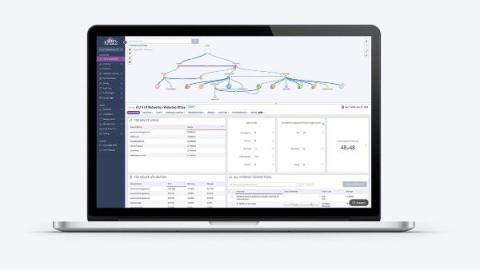3 Minor Network Alerts You Shouldn't Ignore
When you put Auvik on a network for the first time, the software automatically starts monitoring that network for more than 40 potential issues. When Auvik finds an issue, it triggers an alert. Network alerts range in severity from emergency at the top all the way down to informational. As you work with Auvik, you may see a lot of alerts coming your way. It’s obvious you need to deal with the emergency and critical network alerts. But what about the simple warnings and informational alerts?




